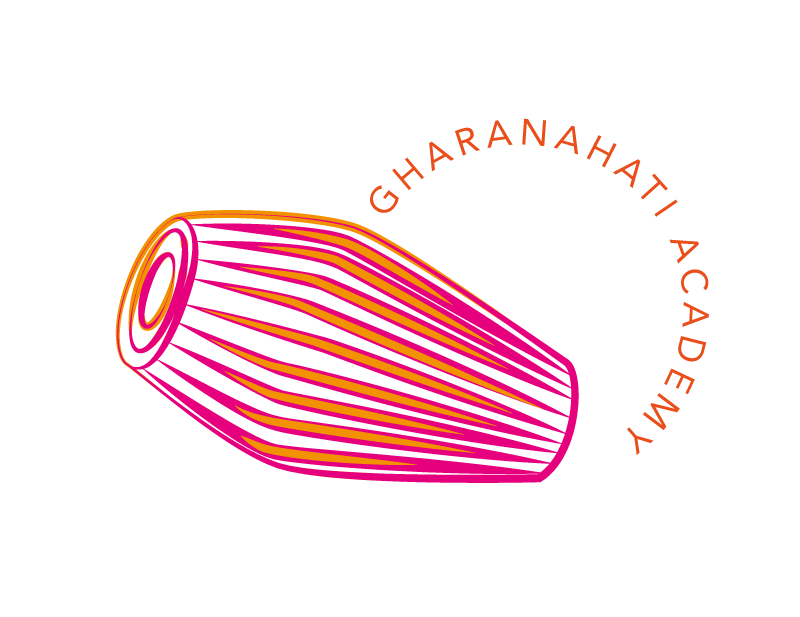Our Mṛdaṅga ācāryas have explained the origin of the Mṛdaṅga as follows: When Śrī Kṛṣṇa decided to descend to the material world as Caitanya Mahāprabhu, He said to His flute, “I have an important mission to fulfill. Thus I will go again to the material world, but this time you cannot go with Me. Please stay here in Goloka with Rādhārāṇī and pacify Her.”
On hearing the words of his beloved master, the flute fell into deep lamentation and asked, “My dear Lord, how can you leave me? Without being by Your side, my life is useless and void. Why are You neglecting me? What have I done to deserve this?”
Śrī Kṛṣṇa explained that He would descend as His chāya-avatāra, hidden incarnation, as His own devotee, as a sannyāsi with a golden hue, not in His original bluish form, adorned with peacock feather, cowherd stick, and bugle. He could not carry the flute without disturbing His devotional sentiments and uncovering His disguise. Therefore, for this particular mission the flute had to stay in Goloka Vṛndāvana.
Upon seeing His flute greatly distressed, He became compassionate and said, “You can come with Me, but you also have to assume a different appearance, one that corresponds to the mood of my mission.” The flute happily agreed and was transformed into the Mṛdaṅga. From this story we can understand that the flute is very dear to Śrī Kṛṣṇa and plays an important part in His pastimes. Similarly, the Mṛdaṅga is very dear to Śrī Caitanya Mahāprabhu and plays an important part in His saṅkīrtana mission, especially harināma-saṅkīrtana.
